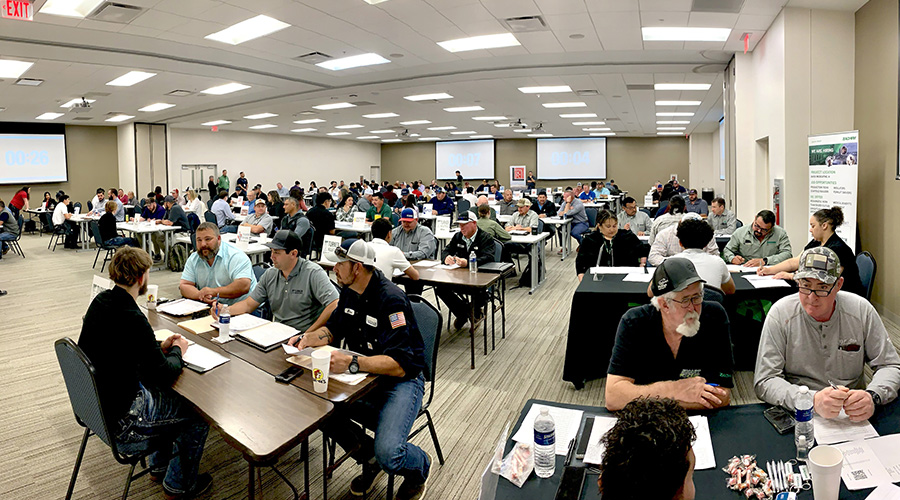Managers Need to Revamp New-Employee Orientation
The latest and greatest buzz from the world of maintenance and engineering management has a familiar ring to it. Over the last decade or so, many managers have tried the latest strategies — at least pieces of them — including preventive maintenance (PM), predictive maintenance (PdM), and reliability-centered maintenance.
But even after implementing the most appropriate elements of these strategies in their departments, managers still are searching for real results — something sustainable that has a positive impact.
What's the latest and greatest idea for managers seeking a new strategy to transform their department and improve productivity and effectiveness? Start over at the beginning.
Identifying the Problem
A good place to start over is during the process of setting expectations for new employees. You are more likely to find greater success implementing PM, PdM, or any other strategy if you use this approach from the beginning.
More than likely, you missed the chance to be the first person to explain desired expectations and attitudes to new employees. Whether you realized it or not, someone else did it for you.
Every plant or facility has a person that probably filled that role, a person we'll call the "angry one." This person has been in the department a long time, has his or her own way of doing things, and doesn't necessarily support your goals or expectations.
Unfortunately, you often ignore this person's behavior. You can find him or her in the lunchroom, complaining. They often subscribe to this motto: There is the right way, the wrong way, and my way of doing things.
This is where your problems with productivity often start: Too often, you pair the newest employee with this individual. As a result, a new employee learns the processes, procedures, and ethics for the department and first hears about goals and expectations from someone with a bad attitude.
As the leader of the department, you should be the first person to set expectations, explain responsibilities, and review policies and procedures. A leader owes it to the staff to perform this task. Change the situation, break the problematic cycle, and make it effective by rethinking and updating the new-employee orientation program. Train and provide follow-up coaching and mentoring. Finally, audit to ensure unacceptable behaviors do not become common practice, and reinforce acceptable behaviors.
Related Topics:












